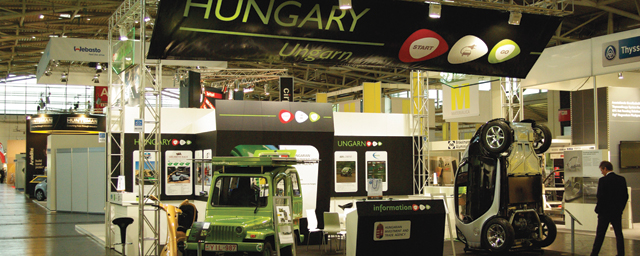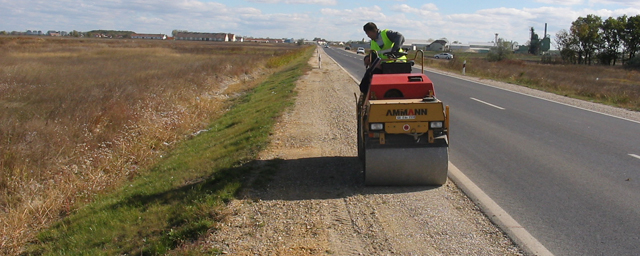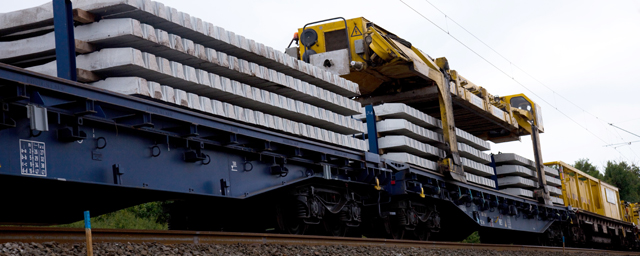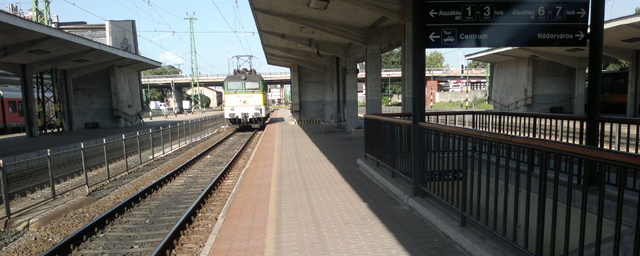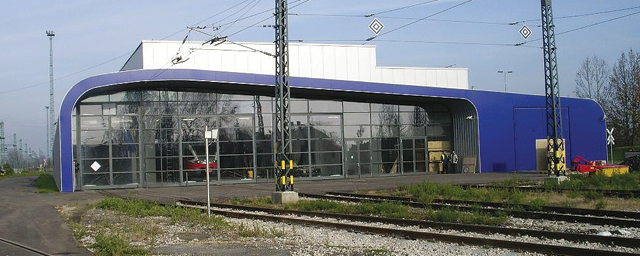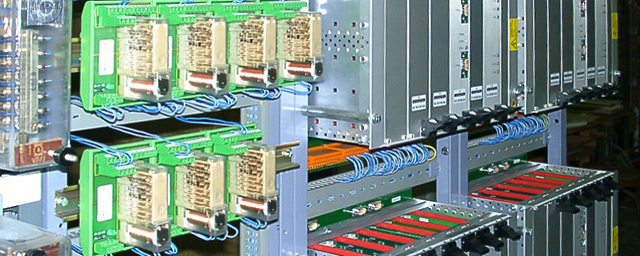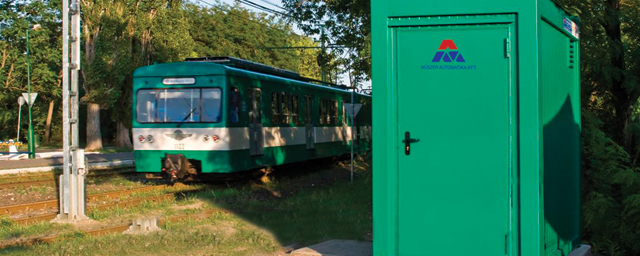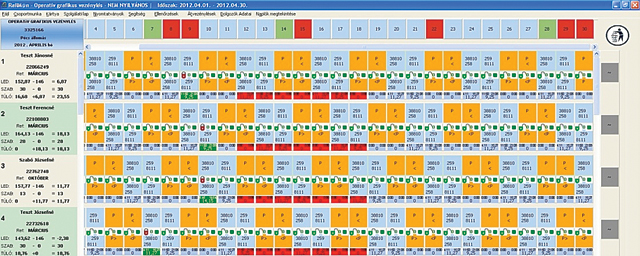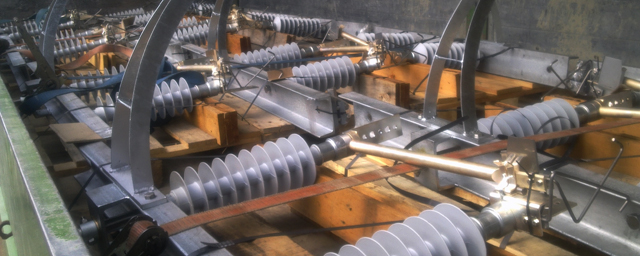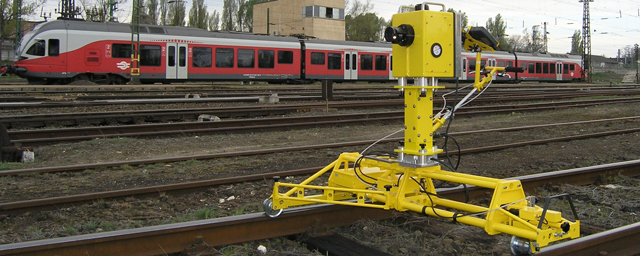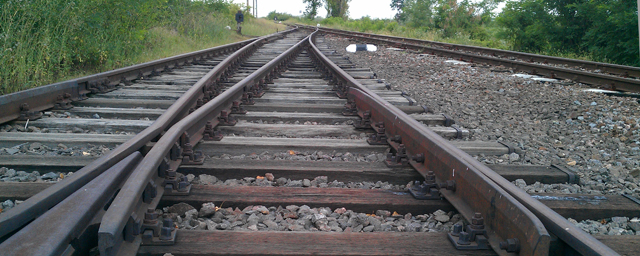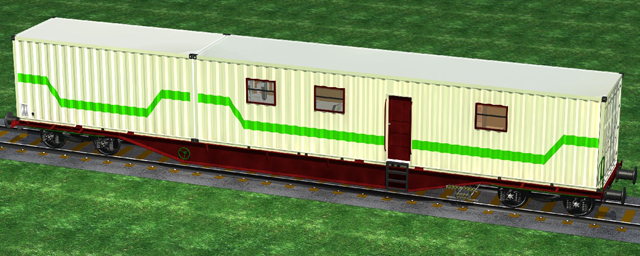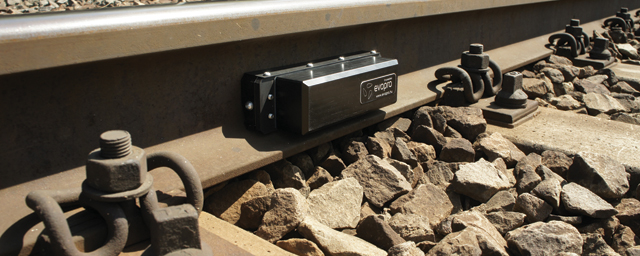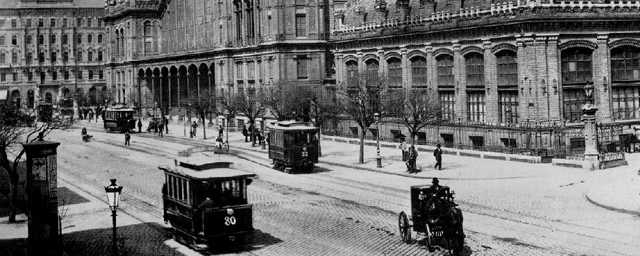On the Right Track: Railway Rehabilitation Professionals
You are a courageous man, at least I think it takes courage to give up a secure job and start a business in this unpredictable market. Did it come off as you planned?
– We have invested a lot of effort but I think we can operate our micro business successfully. We have been present in this market since designing railways was liberalised in 1999 and was no longer the monopoly of what was the Design Institute of MÁV. The first design job MÁV invited a public procurement tender for was the Zalalövő–Bajánsenye line. We submitted our bid but we did not win. However, we were successful at a new tender invited in 2000. That was the turning point and we won our way to become a factor in subsequent public procurement projects. Bit by bit, our reference list grew longer and we extended the scope of work we agreed to perform.
Does your firm do all the work?
– My full time associates are into designing track construction and related units only. Starting next year, the company will employ four fully licenced design engineers, myself included. We employ subcontractors to do the rest. I have managed to add new professionals to the team I have been working with since 1982 and now I have a reliable pool of subcontractors, which gives me the courage to accept larger assignments (to design bridges, overhead lines, interlocks, high-rise structures, telecommunications units and other railway infrastructure). Our first winning bid under a public procurement tender was for the design of track construction along 12 km in 52 days. Although this work involved extremely serious efforts, it forged us as a team, which has stuck together for close to 15 years.
Hungarian media tends to write about railways when they are closed down. Very little is communicated about the projects that keep you active: the development of Europe’s core network. Which are the sections your firm, Ring Mérnöki Iroda designed?
– Indeed the press is upbeat about closing down branches these days and keeps lips tightly pressed about the development of lines integrated into Europe’s cardinal corridors, which is steaming on. At present, we are engaged in designing the rehabilitation of a 70 km section between Budapest and Biatorbágy to upgrade the tracks to 160 km. Last year, we united efforts with another firm to provide the full design of the tracks along the Hatvan–Miskolc line and at Miskolc Railway Station. The final stage of constructing the Budapest–Békéscsaba–Lőkösháza is in progress now, and we are active in designing a 30 km section as a member of a consortium. We are also the selected designer of the Rákos–Maglód line, and have produced construction plans for several stations along the Cegléd line, each of which have been completed. Without being exhaustive, I should also mention that we have developed the design of the Szeged line up to Kiskunfélegyháza. We have given our name to designing the Kápolnásnyék–Dinnyés section along the Székesfehérvár line and are now into the construction plans for the same line between Tárnok and Székesfehérvár.
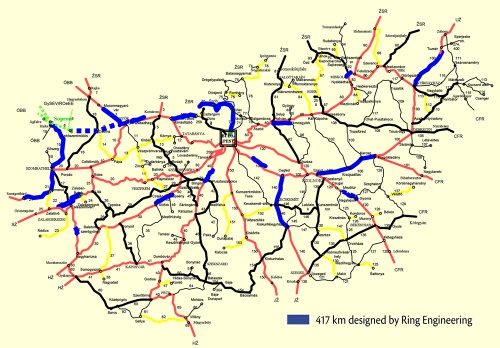 Major assignments along Hungarian railways
Major assignments along Hungarian railwaysA pet project, which involved all of the market participants into railway design at the time, due to its sheer size, was the Sopron–Szombathely–Szentgotthárd line. We had three months to complete the licencing plans. Work began in December and the line was licenced for construction in May. Moreover, we also produced the plans for the station at Győr in a joint project with MÁV Design Institute. All in all, we have designed close to 360 km of railway lines, which have been completed.
How should one imagine your work? You mentioned a moment ago that you had to upgrade a line to speeds up to 160 km/h. What track changes have you introduced?
– Fundamentally, it is the geometry that changes, so overhead lines and the related facilities have to be altered, and new interlocks are needed. The load bearing of structures is generally proper because they have been designed with sufficient buffer. External appearance is another aspect in addition to the 160 km/h of speed, so that passengers get a sense of comfort from the sight of the buildings, the paved platforms and underpasses, as well as of the service roads and car parks.
Has it become routine or is each assignment different?
– Each job is special thanks to the changing regulatory environment. But that does not apply to the engineering part. You know, this is a job with multiple participants, with countless stakeholders, other than the client and the designer, and their requirements need to be considered so that track reconstruction should satisfy every party and serve railway passengers.
 Újszász Station renewed
Újszász Station renewedDo you have the capacity to tender for work in European markets?
– We have not competed for projects in Europe yet but repeatedly worked as subcontractors of Western European firms in Hungary. As regards our jobs abroad, I am proud to have acted as a subcontractor to a major operation for producing the feasibility study of a 50 km line in Iraq and the tender documentation of a brand new 120 section designed for speeds up to 200 km/h. We had to develop the latter to a level of detail that the work could be outsourced and we supplied the plan in December, two years ago.
What does the future hold for Ring Mérnöki Iroda?
– We want to carry on with designing European corridors. There are still some corridors crossing Hungary and we expect tenders for these core lines too. At the same time, we entertain high hopes about a chance to play a role in producing the construction plans of projects where we have drawn up licencing plans. This will take a few years and we hope MÁV will be rich enough by that time to start upgrading its own core network, in addition to European corridors, because those line do not live up to the expectations of this age. Hungary is a rich storehouse of railways that need refurbishment.
Does your firm draw income from other sources, besides public procurement tenders?
– Naturally. I dare say that the Audi Plant at Győr has become a perpetual partner. Ever since 1999 they keep calling my number whenever they have a railway related question or job. Interestingly, owing to developments at Audi, we produced the plans for tearing up the factory siding, which we had designed as the first job of the firm, back in 1982. Practically speaking we have followed the tracks from cradle to grave. My policy in business is based, by the way, on openness; whoever calls me from Hungary or abroad, I will help them. No matter how small the expected yield, my answer will be affirmative, as this is our trade, this is our skill.•





